علیرضا تغابنی، طراح ویلای کوهسار(رتبه دوم جایزه معمار ۹۱) درباره پروژه خود می گوید: این پروژه در حقیقت حل یک معضل بود. پروژه، وقتی به ما مراجعه شد که اسکلت و دیوارچینی آن انجام شده بود. و یک سالی بود که به دلیل نارضایتی کارفرما متوقف شده بود. در مرکز ویلا وید هشت ضلعی ای وجود داشت که توسط ستون هایی محاط شده بود. و کارفرما از شکل و اندازه وید ناراضی بود و پروژه را خفه و بسته می دید.
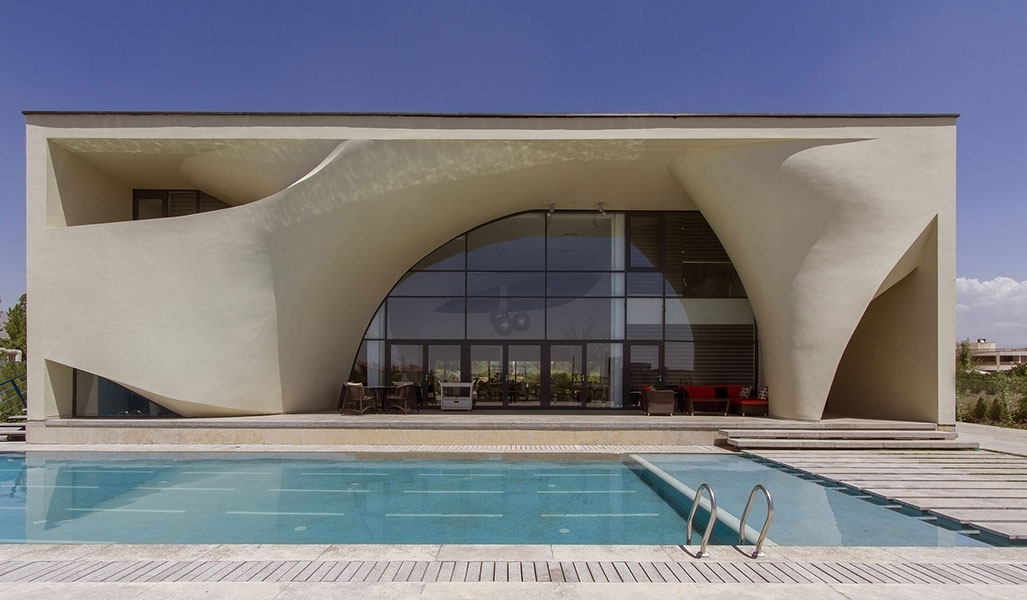
ما به این نتیجه رسیدیم که تنها در صورتی پروژه نجات پیدا می کند که این نقطه ضعف به نقطه قوت تبدیل شود. بنابراین با بزرگ کردن وید و حذف لبه جنوبی آن، دید ساختمان باز شد و با تقویت سازه، کنسول جنوبی به تراس ساختمان اضافه شد تا با حذف اضافاتی دیگر مثل ورودی کناری و کلاه فرنگی روی سقف، پروژه به صورت یک مکعب سلمانی شود. در عین حال، ضلع جنوبی آن به داخل ساختمان کشیده شده و با چرخیدن دور وید، هم ستون ها را در خود حل کرد، هم ارتباط پیوسته ای بین بیرون و درون برقرار ساخت و هم این که و احساس پویایی و سیالیت را در سراسر خانه ایجاد کرد. دیوار جنوبی که نمای ساختمان را می ساخت، بر اساس عملکرد های داخلی مثل ورودی اصلی، تراس، اتاق خواب مستر و نورگیرهای فضای شومینه، تحت تنش و تغییرشکل قرارگرفت.

دیوارنمای جنوبی به شکل الاستیک به سمت فضای داخلی کشیده شده، جایی که ستون ها را پوشانده و ارتباطی صاف و صیقلی بیین داخل و خارج ایجاد کرده. سطح نمای ویلا جوابگوی نیازهای طرح است و احساس پویایی و سیالیت را در سراسر خانه ایجاد می کند.این استراتژی سازماندهی شده بدنه ای ارایه می دهد که نور،جریان هوا و چشم اندازها را به درون هدایت می کند و ویژگی های مبتکرانه این اثر متمایز را به نمایش می دهد.

این پوسته با پاسخگویی به نیازهای داخلی و منطق درونی پلان، می توانست به نمای ساخمان تحرک بخشیده، و آن را زنده سازد. در عین حال، این استراتژی سازماندهنده، جسمی را پیشنهاد می داد که فرم مکنده اش، دید باز و نور و جریان هوا را به درون خود کشید و یکه و متمایز در سایت می نشست.
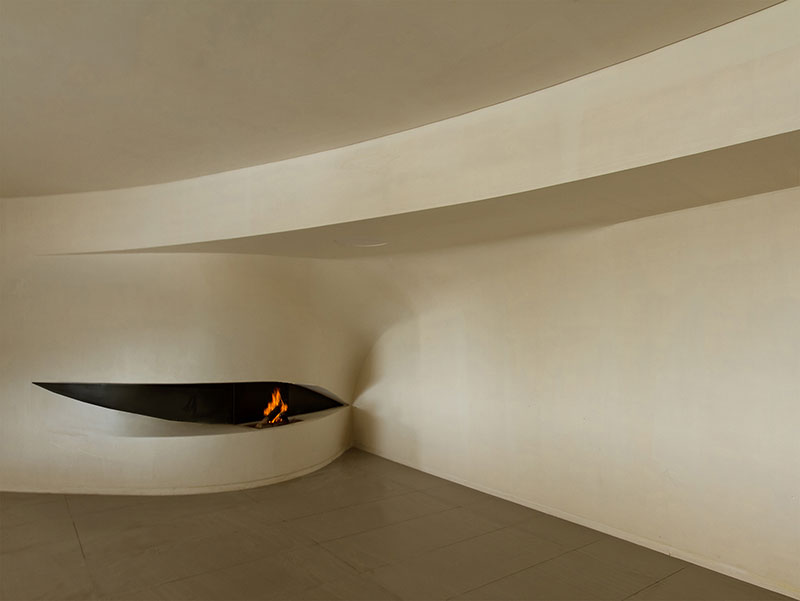
این خانه در فضایی وسیع قرار گرفته، با چشم انداز البرز در زمینه اش. با در نظر گرفتن محدودیت های ساختاری، استراتژی طرح راهی را در پیش گرفت که در آن اسکلت اولیه قابل تغییر باشد تا این حجم مکعبی را دربر گیرد و آن را به بنایی متمایز تبدیل کند. نتیجه، ساختمانی مکعبی بود با نمایی الاستیک که به دلیل کشش در نمای جنوبی حاصل شده بود.کشیدن نما به سمت فضاها و ستون ها صرفاّ به دلیل ضرورت های ساختاری نبود و خصوصیاتی نیز برای فضای درونی و بیرونی نیز ایجاد کرد.
معماران: علیرضا تغابنی Next office
lمحل اجرا: کردان، ایران
مساحت: ۱۱۱۸.۰ فوت مربع
سال: ۲۰۱۳
عکس: پرهام تقی اف
طراحی و توسعه: روح الله رسولی
همکاران طرح: مسعود ساقی، فریده آقامحمدی
مشاور تقویت سازه: وحید قره نیا
مشاور مکانیک: هوفار اسماعیلی
مشاور برق: نینا عموشاهی
نظارت: مسعود ساقی، روح الله رسولی
نقشه ها
English version :
Kouhsar Villa / Next Office–Alireza Taghaboni
Architects: Next Office–Alireza Taghaboni Location: Kordan, Iran Area: 1118.0 ft2 Year: 2013 Photographs: Parham Taghioff Design Development: Roohollah Rasooli Design Associates: Masoud Saghi, Farideh Aghamohammadi Structural Strengthening Consultant: Vahid Gharekhani nia Mechanical Consultant: Houfar Esmaeeli Electrical Consultant: Nina Amooshahi Landscape Consultant: Babak Mostofisadri Supervision: Masoud Saghi, Roohollah Rasouli Construction: Ejraye Khas Office Graphic & Presentation: Hiva Farajpour Bakhtiari, Farzad Kafaee, Asal Karami, Sepideh Sarrafzadeh Zargar From the architect. Our initial intention for the project was in fact to problematize the connection amongst form, space, and structure. The project came to our studio after a year of being on hold due to the client’s dissatisfaction. The skeleton and barrier walls of the structure were thoroughly constructed. There was a central, octagonal void surrounded by columns, which was exactly what had made the client unhappy due to its shape and size, this void could not exhibit the wide, bright interior he desired. We realized the only way to revive the project was to take this problem as an opportunity rather than an obstacle to progress. Accordingly, expanding the central void and discarding the southern part of the balcony provided a wider view of the landscape. Next, we enhanced the structure and attached the south cantilever to the existing balcony. Doing this, and removing the lateral slabs and gazebo roof structure, transformed the overall volume to a cubic form. Next, the southern-facing façade wall stretched in an elastic manner towards the interior void, where it covered the columns and made a smooth connection between in and out. This allowed the southern wall to perform a fundamental role as a flexible element that not only responded to structural necessities, but also attempted to engage with the aesthetics, functionality, and spatial organization of the both interior and exterior. In the end, the façade’s surface would satisfy the requirements of the plan and insert a sense of dynamism and fluidity throughout the house. This organizational strategy would propose a body in which a strong vacuum action applied to the façade could convey the light, air flow, and vistas inwards to demonstrate the innovative qualities of this highly distinctive work. Preface: The house would rest in a wide landscape, capturing the delightful vistas of the Alborz Mountains in the background. Considering structural constraints, the design strategy followed a path by which the initial skeleton could be transformed to encompass pure cubic volume that made it distinctive in its neighborhood. The outcome was a cube, hosting an elastic façade that resulted from a dynamic vacuum tension on the southern face. Stretching the façade towards the void and columns did not merely meet the structural necessities, but also provided spatial qualities for both the interior and exterior. The building was named Kouhsar (“mountain” in Persian) to recall the old name for the location of the house. Structure: _A roof with a span of 20 meters had to be covered. Initially, structural methodology attempted to apply the façade surface as a barrier wall connected to the load-bearing system. _The overall structure was calculated and modeled with structural software. Next, for the manufacturing process, vertical trusses where designed to fit the architectural form. Later, vertical and horizontal CNC milled surfaces were located on the trusses (each 50 cm). Between each, two surfaces were filled with polystyrene sheets. Based on a structural study, a net of armatures was placed on the CNC milled sheets, then a thin metal mesh of 5 cm x 5 cm was attached to the net. Shot Crete concrete was then shot onto the resultant assembly. To avoid any probable cracks, a plastic mesh covered the whole façade skin. Finally, finishing jobs were performed to smooth the final surface before it was painted by Jotun Color.
درباره علیرضا تغابنی
 علیرضا تغابنی متولد ۱۳۵۶ تهران است و ورودی ۱۳۷۴ دانشگاه گیلان در رشته معماری بوده ، که پس از اتمام آن در ۱۳۸۱ ، با رتبه اول در آزمون دکتری دانشگاه آزاد واحد علوم و تحقیقات پذیرفته شد و در سال ۱۳۸۶آنرا به اتمام رساند. بعد از حدود ۸ سال کار در مهندسین مشاور مختلف در سال ۱۳۸۳ بصورت مستقل به طراحی و تمرین معماری پرداخت و در سال ۱۳۸۷ با مشارکت، دفتر رازان را تاسیس نمود و به مدیریت آن پرداخت ، در سال ۱۳۸۸- با حفظ امتیاز و مالکیت معنوی طرح های گذشته خود- دفتر معماری “دیگر “راپایه کذاری کرد و هم اکنون دفتر وی با این نام مشغول فعالیت است. حاصل این دوره هشت ساله،طراحی بیش از چهل پروژه وجوایز متعدد معماری بوده که از جمله آنها دو بارکسب رتبه اول در جایزه بزرگ معمار (ویلایی برای یک دوست در سال ۸۷ و ویلای امیر در سال۹۰)، رتبه دوم جایزه بزرگ معمار(ویلای کوهسار در سال ۹۱)، رتبه اول مسابقه طراحی نما(ساختمان ۹۳ تهرانپارس در سال ۸۸ ) و فینالیست شدن در فستیوال معماری بارسلونا (ساختمان نظام مهندسی قزوین در سال ۹۰) بوده است. او از سال ۱۳۸۱ به تدریس در دانشکده های مختلف معماری از جمله دانشگاه آزاد واحد تهران مرکز و همچنین داشگاه فردوسی مشهد، مشغول بوده است. و نمایشگاه های انفرادی و جمعی نقاشی برگزار کرده است.
علیرضا تغابنی متولد ۱۳۵۶ تهران است و ورودی ۱۳۷۴ دانشگاه گیلان در رشته معماری بوده ، که پس از اتمام آن در ۱۳۸۱ ، با رتبه اول در آزمون دکتری دانشگاه آزاد واحد علوم و تحقیقات پذیرفته شد و در سال ۱۳۸۶آنرا به اتمام رساند. بعد از حدود ۸ سال کار در مهندسین مشاور مختلف در سال ۱۳۸۳ بصورت مستقل به طراحی و تمرین معماری پرداخت و در سال ۱۳۸۷ با مشارکت، دفتر رازان را تاسیس نمود و به مدیریت آن پرداخت ، در سال ۱۳۸۸- با حفظ امتیاز و مالکیت معنوی طرح های گذشته خود- دفتر معماری “دیگر “راپایه کذاری کرد و هم اکنون دفتر وی با این نام مشغول فعالیت است. حاصل این دوره هشت ساله،طراحی بیش از چهل پروژه وجوایز متعدد معماری بوده که از جمله آنها دو بارکسب رتبه اول در جایزه بزرگ معمار (ویلایی برای یک دوست در سال ۸۷ و ویلای امیر در سال۹۰)، رتبه دوم جایزه بزرگ معمار(ویلای کوهسار در سال ۹۱)، رتبه اول مسابقه طراحی نما(ساختمان ۹۳ تهرانپارس در سال ۸۸ ) و فینالیست شدن در فستیوال معماری بارسلونا (ساختمان نظام مهندسی قزوین در سال ۹۰) بوده است. او از سال ۱۳۸۱ به تدریس در دانشکده های مختلف معماری از جمله دانشگاه آزاد واحد تهران مرکز و همچنین داشگاه فردوسی مشهد، مشغول بوده است. و نمایشگاه های انفرادی و جمعی نقاشی برگزار کرده است.
منبع : archdailye

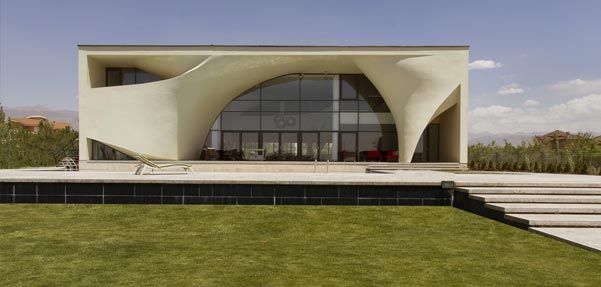
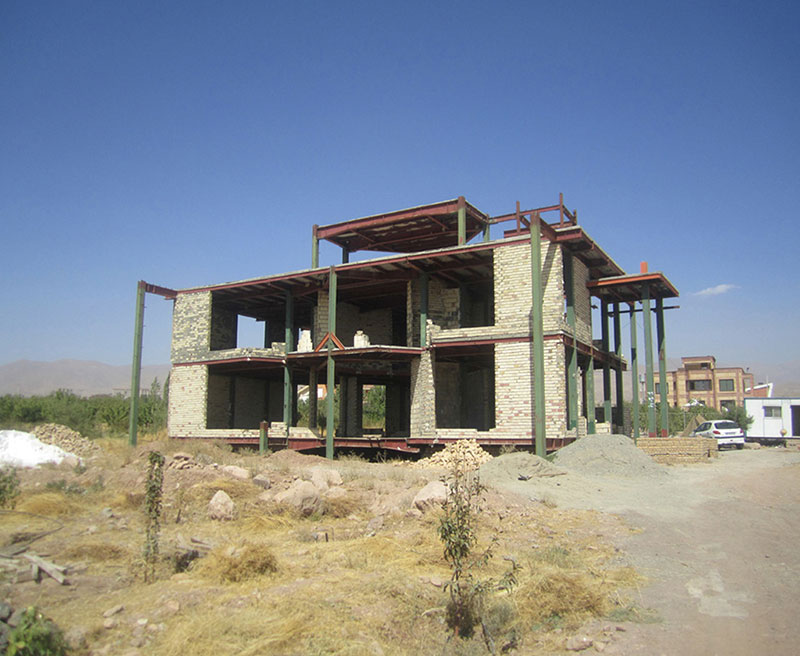
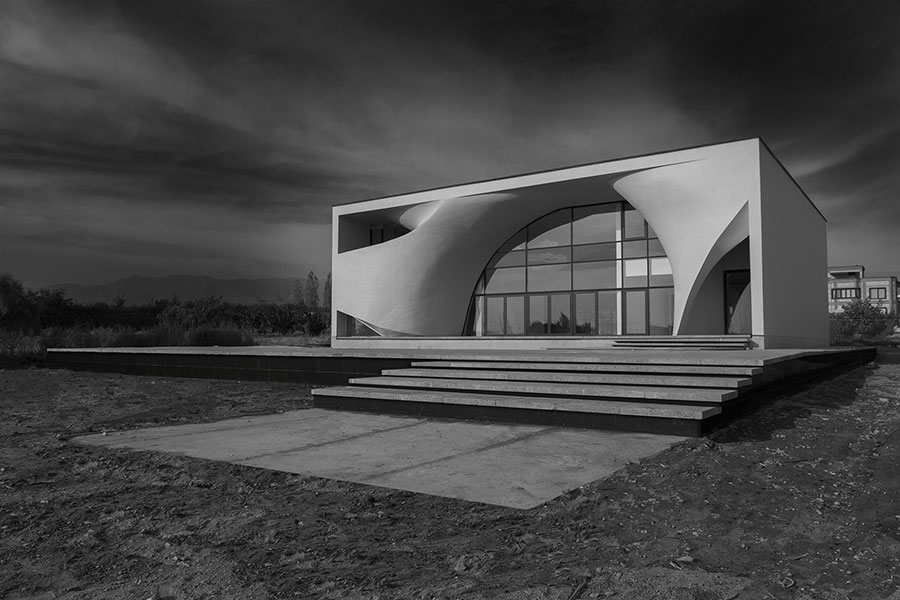
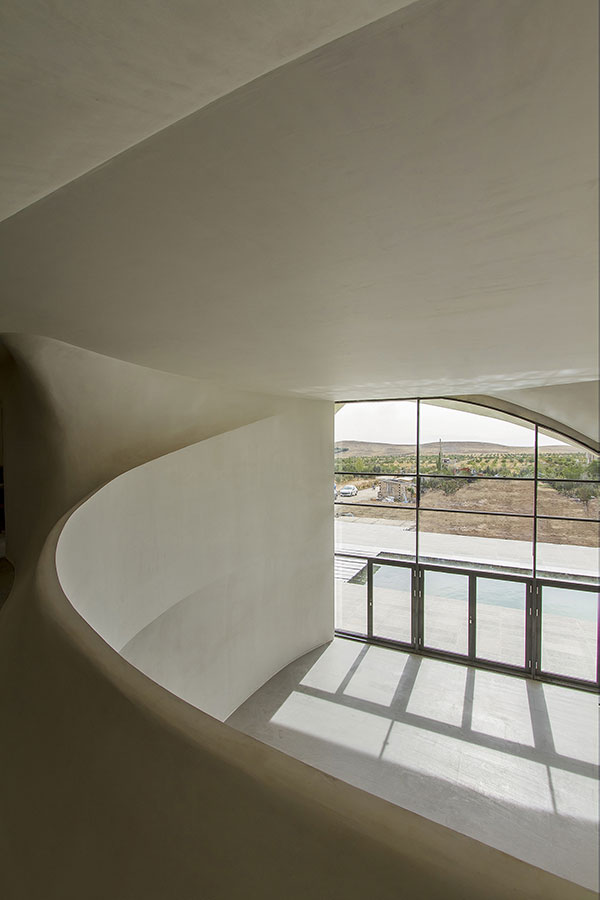
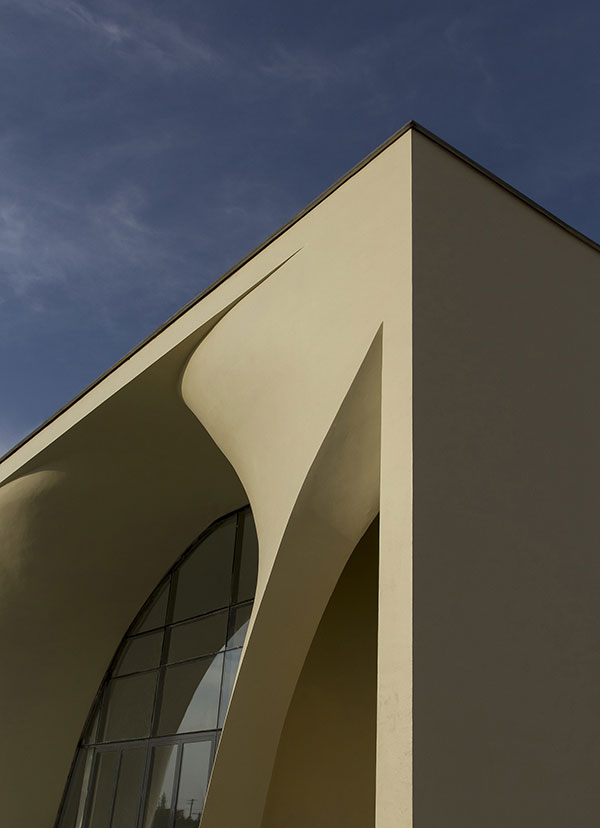







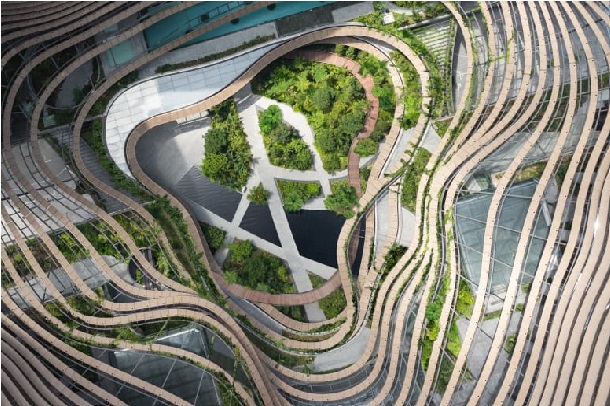
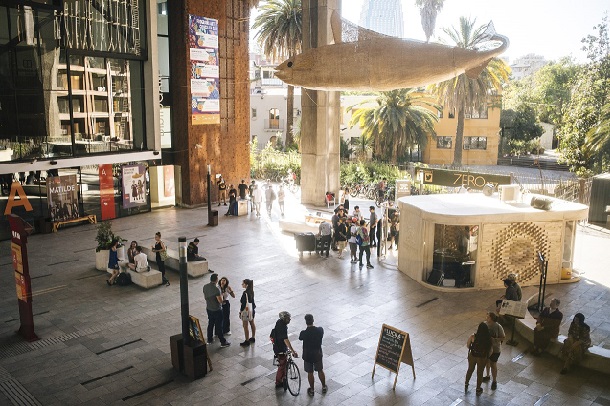


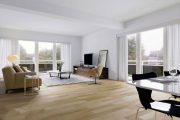

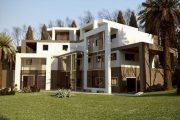

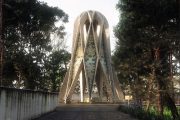



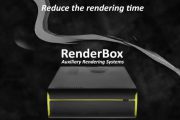

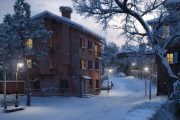

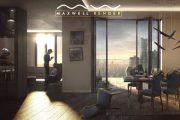
2 Comments
سامان
تونستن خوب حلش کنن واقعا
محمدمیلاد خسروی
آره کار با ارزشی هستش